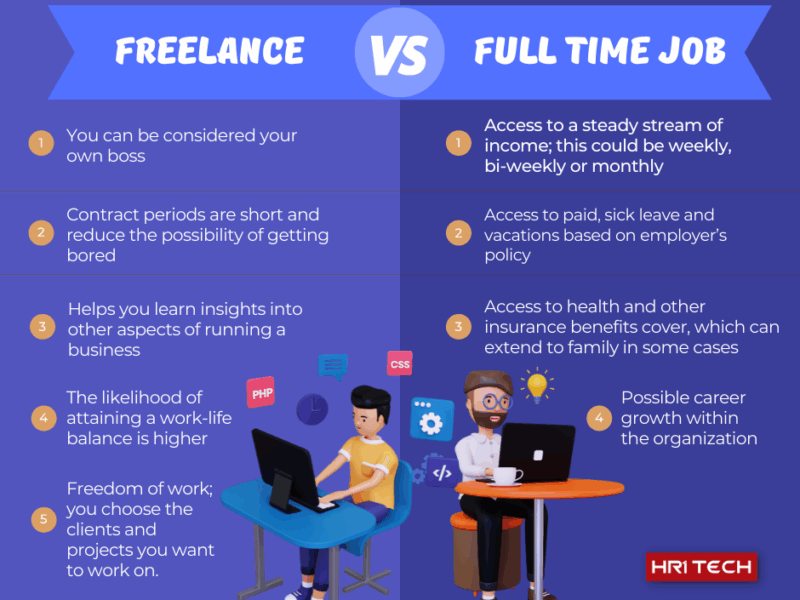
From Full-Time to Freelancer: How to Transition into Cyber Freelancing
Meta Description:
Thinking of leaving your 9-to-5? Discover a step-by-step guide to launching your freelance career in cybersecurity, privacy, or emerging tech with confidence.
💡 Introduction
The digital world is evolving—and so is the way we work. As demand grows for flexible, specialized, and remote talent, more professionals are leaving traditional jobs to embrace cyber freelancing.
Whether you’re in cybersecurity, privacy, blockchain, or AI governance, freelancing offers freedom, flexibility, and the chance to work on high-impact global projects. But making the leap from full-time to freelance requires planning.
This guide walks you through how to transition smoothly and sustainably—especially using platforms like CyberWork.Careers.
🛠 Step 1: Evaluate Your Skills and Niche
Before you jump, ask:
- What skills do I offer that are in demand?
- Can I solve business problems, not just complete tasks?
- Do I have portfolio-ready projects or certifications?
💼 High-demand cyber freelance areas include:
- Penetration testing
- ISO 27001 / NIST consulting
- GDPR / DPO-as-a-service
- Blockchain security audits
- Cloud security architecture
- AI ethics and risk assessment
✅ Pro tip: Choose a niche to stand out (e.g., “freelance DPO for fintech startups” or “smart contract auditor for DeFi”).
🔍 Step 2: Start Building Your Presence
Before resigning, establish your freelance identity:
✅ Create:
- A professional LinkedIn profile that states your freelance role
- A CyberWork.Careers account as a vendor with your specializations
- A basic portfolio website or GitHub for code samples, reports, or policies
- A few testimonials (even if from past full-time jobs)
Tools:
- Canva (for quick branding)
- Notion or GitBook (for publishing documentation)
- Calendly or TidyCal (for booking calls with clients)
💰 Step 3: Set Up Your Finances
Transitioning without a plan can be risky. Here’s how to prepare:
- Emergency savings: 3–6 months of expenses
- Pricing strategy: Research hourly/project rates on CyberWork.Careers or similar platforms
- Invoicing tools: Use free tools like Wave, PayPal, or Bonsai
- Business accounts: Set up a dedicated bank account and track expenses
✅ Consider starting with part-time freelancing or a side hustle before going all in.
📢 Step 4: Start Finding Clients
Use your network and platforms to land your first gigs:
- Tell contacts you’re available as a freelancer
- Join industry communities on Reddit, Discord, and LinkedIn
- Apply to targeted projects on CyberWork.Careers
- Create value-driven posts on LinkedIn showcasing what you do
🔁 Repeat clients and referrals will soon become your #1 growth channel.
🧠 Step 5: Learn to Think Like a Business
Freelancing is more than doing tasks—it’s building a brand.
- Learn how to pitch, write proposals, and handle objections
- Create service packages (e.g., “monthly cyber risk assessment” or “on-call DPO”)
- Keep improving your skills via certifications, training, or courses
🎯 Tools for solo growth:
Loom (for creating explainer videos for clients)
ChatGPT (for writing proposals, reports, etc.)
Trello or Notion (for managing projects)
🧭 How CyberWork.Careers Helps You Transition
✅ CyberWork.Careers was built for freelancers in cybersecurity and emerging tech.
With a profile here, you can:
Access niche categories (e.g., AI risk experts, blockchain auditors, DPOs)
Get listed as a verified expert
Apply to project listings or service requests
Join a growing community of like-minded freelancers
✅ Final Thoughts
The future of work is here—and it’s freelance, flexible, and borderless. Transitioning from full-time to cyber freelancing might feel intimidating at first, but with the right strategy, network, and platforms like CyberWork.Careers, you can thrive.
👉 Ready to take the leap? Create your profile today and start your journey as a future-ready cyber freelancer.